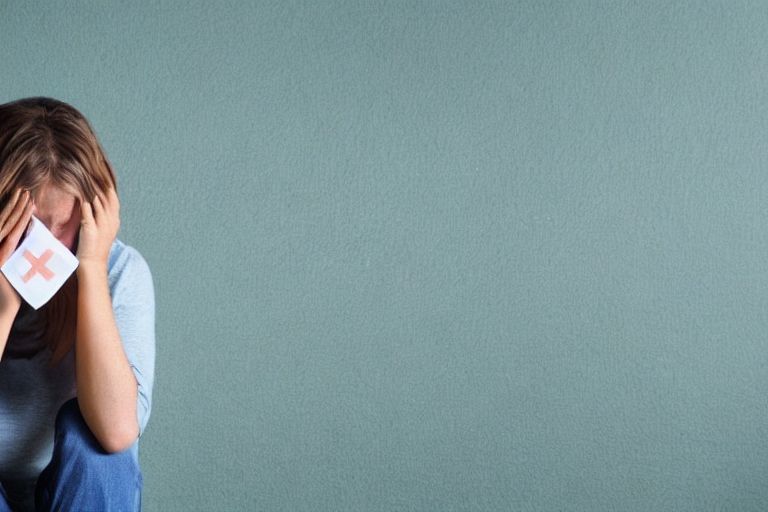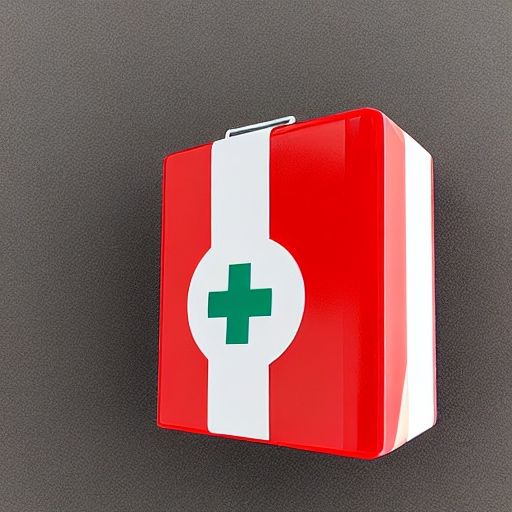How To Recognize Mental Health Emergencies: A Guide to First Aid

Mental health emergencies are situations in which an individual’s mental health condition becomes so severe that they are at risk of harming themselves or others. Just like physical health emergencies, these situations require immediate attention and proper first aid. It is important for everyone to understand how to recognize mental health emergencies and provide the necessary support until professional help can be obtained.
1. Understand the signs and symptoms:
Recognizing the signs and symptoms of a mental health emergency is crucial. Common indicators include intense feelings of hopelessness, extreme agitation or anxiety, sudden mood swings, hallucinations, suicidal thoughts or self-harm behaviors, and a loss of touch with reality. It’s important to note that these symptoms may vary depending on the specific mental health condition.
2. Assess the situation:
Once you recognize potential signs of a mental health emergency, it is essential to assess the situation. Determine if the person is in immediate danger or if they pose a threat to themselves or others. Look for any immediate safety concerns, such as access to weapons or dangerous objects.
3. Establish a safe environment:
The first step in providing first aid for mental health emergencies is to create a safe environment for the person in distress as well as those around them. Remove any potential hazards or triggers, such as weapons, substances, or sharp objects. Provide a calm and supportive space.
4. Communicate calmly and empathetically:
Approach the individual with empathy, expressing your willingness to listen and help. Be non-judgmental and avoid making assumptions or dismissing their feelings. Engage in active listening, allowing them to express themselves without interruption. Let them know that you genuinely care about their well-being.
5. Encourage professional help:
While you may offer initial support, it is crucial to encourage the person to seek professional help. Suggest contacting their therapist, psychiatrist, or a helpline. Offer to help them find the necessary resources or transportation if needed. Encourage them to reach out to trusted family members or friends who can support them through this difficult time.
6. Involve appropriate authorities if necessary:
If the person is in immediate danger or poses a threat to themselves or others, you might need to involve the appropriate authorities. Contact emergency services or a mental health crisis hotline for guidance on how to handle the situation. Remember, safety should always be the top priority.
7. Stay with the person until help arrives:
One of the most crucial aspects of providing first aid for mental health emergencies is ensuring that the individual does not feel alone. Stay with them until professional help arrives or until they are in a safe environment with supportive individuals. Your presence can provide comfort and reassurance during a challenging time.
Remember, providing first aid for mental health emergencies should not replace professional help. It is essential to encourage individuals to seek ongoing support and treatment from mental health professionals. By recognizing the signs, creating a safe environment, and offering support, you can help individuals experiencing mental health crises until they receive the care they need.



